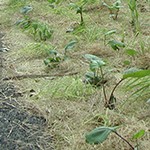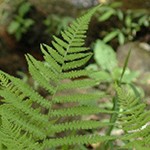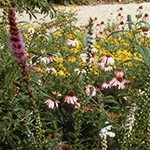An Ecological Community
Project Details
One of the Back to Nature’s first regenerative development projects, Fern Valley proved that regenerative, ecologically inspired development can work for even the most difficult sites.
A wooded, steeply sloped 28-acre site in Tewksbury Township, NJ, the property included wetlands surrounding a protected stream. In addition, the property was located in what has become part of the New Jersey Highlands (a regional planning area in the state where development was strictly regulated for the protection of natural resources) and where previous developers were unable to get subdivision approvals. With environmentally sensitive areas that were not in prime health and located in a town that had never been publicly introduced to regenerative or sustainable design, it was a perfect opportunity to prove our regenerative concept.
Fern Valley is comprised of four home lots situated amongst old-growth trees in the upland portions of the site and a fifth lot of nearly eight acres along the stream that is dedicated as community open space. The building lots are sited to allow homes to take advantage of natural lighting, shade, heating, and cooling while protecting the wetlands and stream corridor. Most of the site is criss-crossed by horse and walking trails, allowing residents and others to enjoy the wooded open space. The lots are accessed by a private drive that is entered through a new covered bridge that recalls the once-plentiful covered bridges of New Jersey’s history.
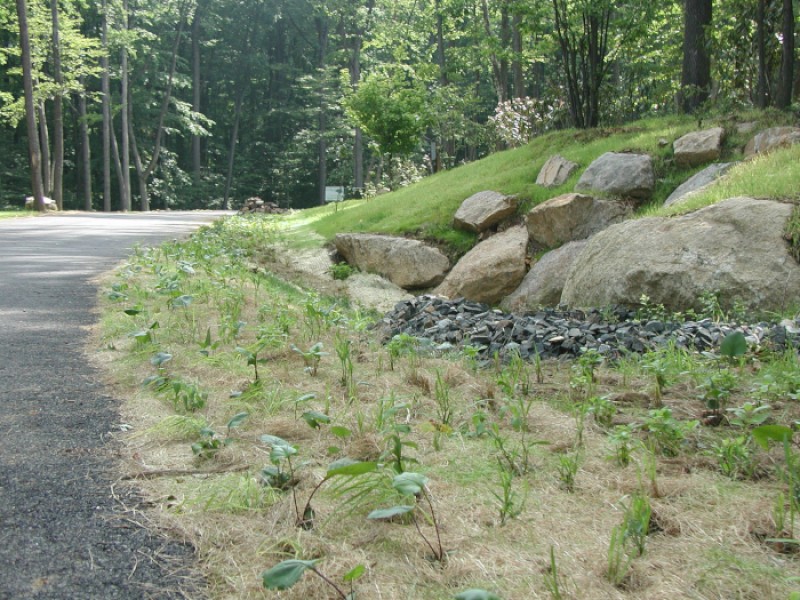
The rural setting and sensitive ecology was improved, then preserved in this carefully planned development illustrating the positive results from man and nature working in harmony.
One of the Back to Nature’s first regenerative development projects, Fern Valley proved that regenerative, ecologically inspired development can work for even the most difficult sites.
Back to Nature installed bioswales along the drive to help treat stormwater and road runoff in a decentralized constructed wetlands system that naturally cleanses the water before it is returned to the aquifer. In addition, home sites include rainwater harvesting and reuse systems. This combination of tactics results in a storm-water system that mimics the natural systems already operating on the site, prevents erosion, helps to increase biomass by using water for the generation of plant life, and has resulted in significantly improved groundwater recharge on the site after development.
Back to Nature also removed unhealthy and invasive trees according to a woodland management plan to allow for increased crown release. While the site previously showed signs of depleted soil and loss of wildlife habitat, the Fern Valley development, with its targeted plantings, woodland management programs, and careful site design, has helped to reverse these trends.
The ecology of the site is improving year after year.

Design Objectives
- Use bioflitration swales to manage stormwater
- Design and build a covered bridge
- Marsh wetland storm water management
- Use woodland management to improve the health of the forest
- Minimize the width of roadways
- Use pervious surfaces for roadways
- Design and build barns inspired homes
- Incorporate shared open space to improve value
BUILDING MATERIALS
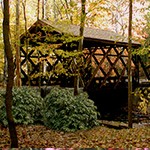
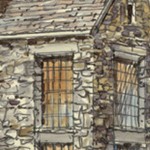

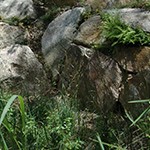
LANDSCAPE ELEMENTS
